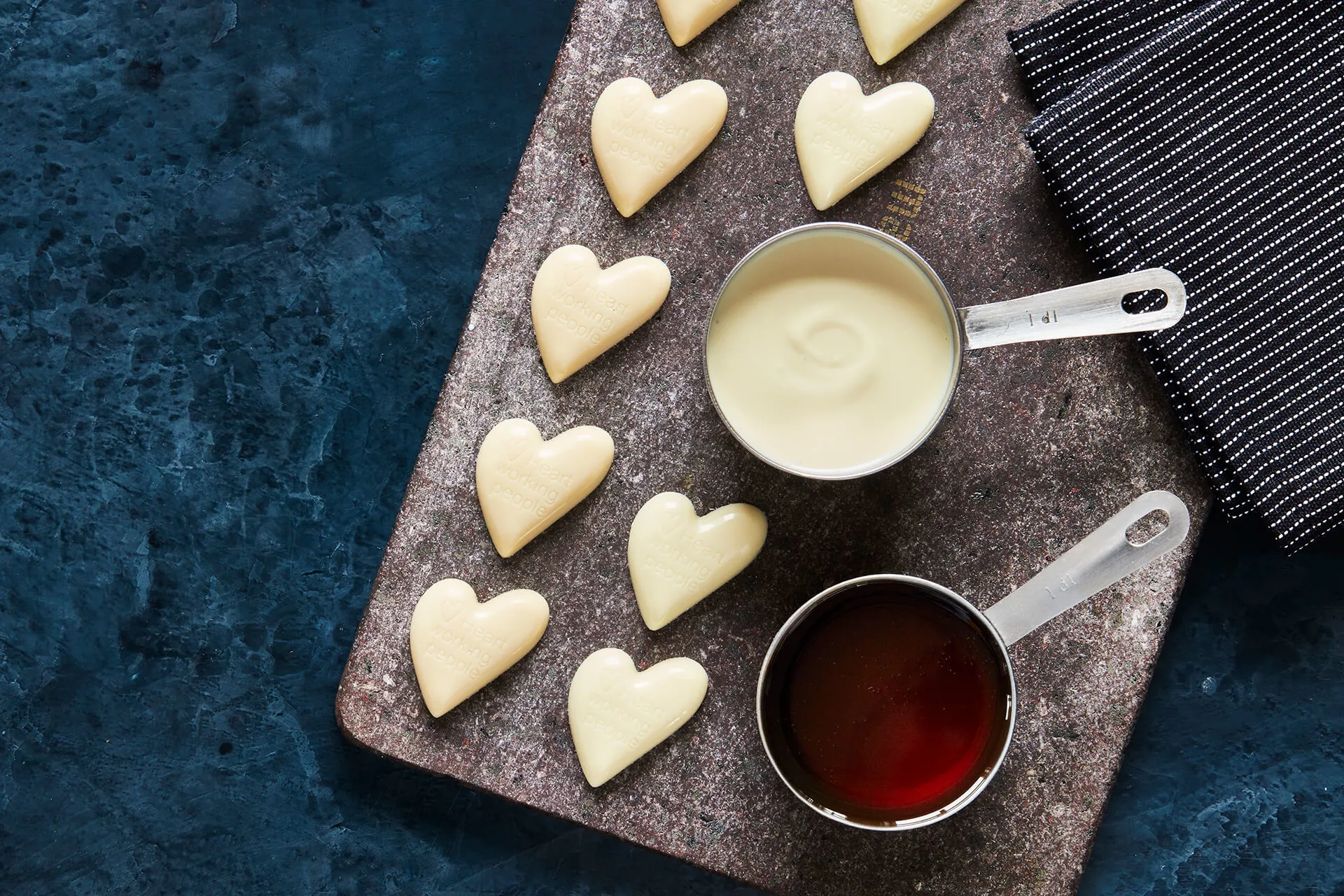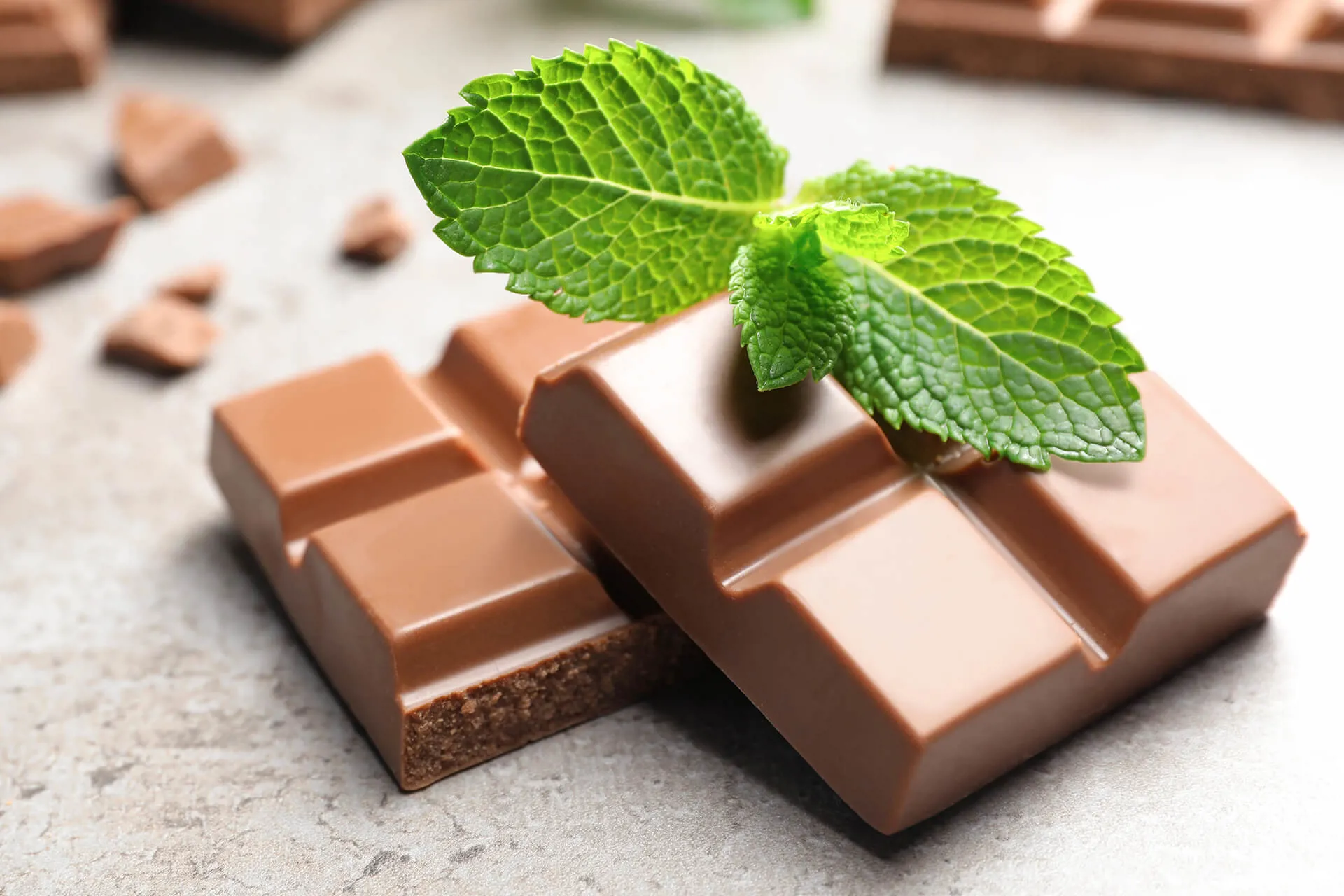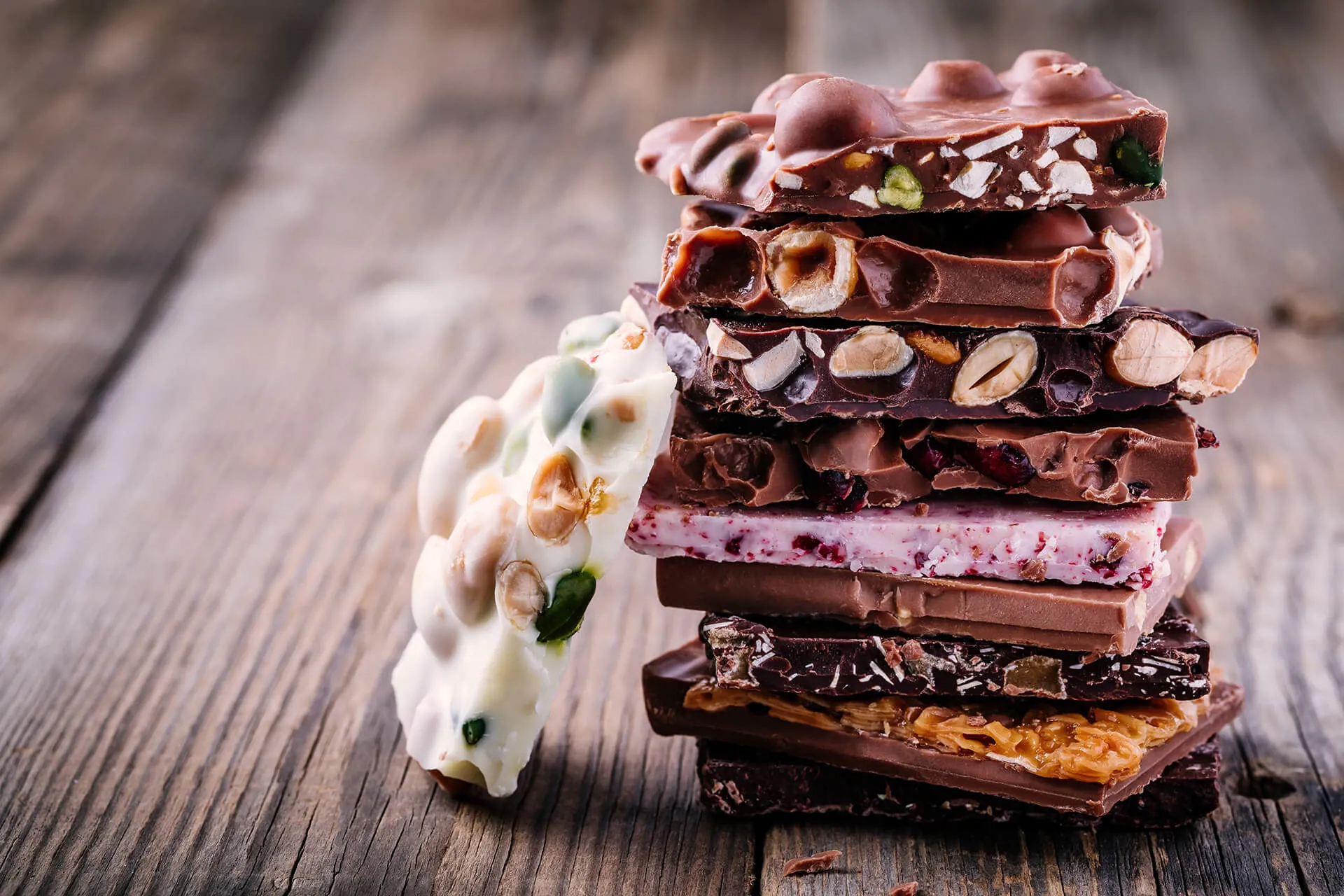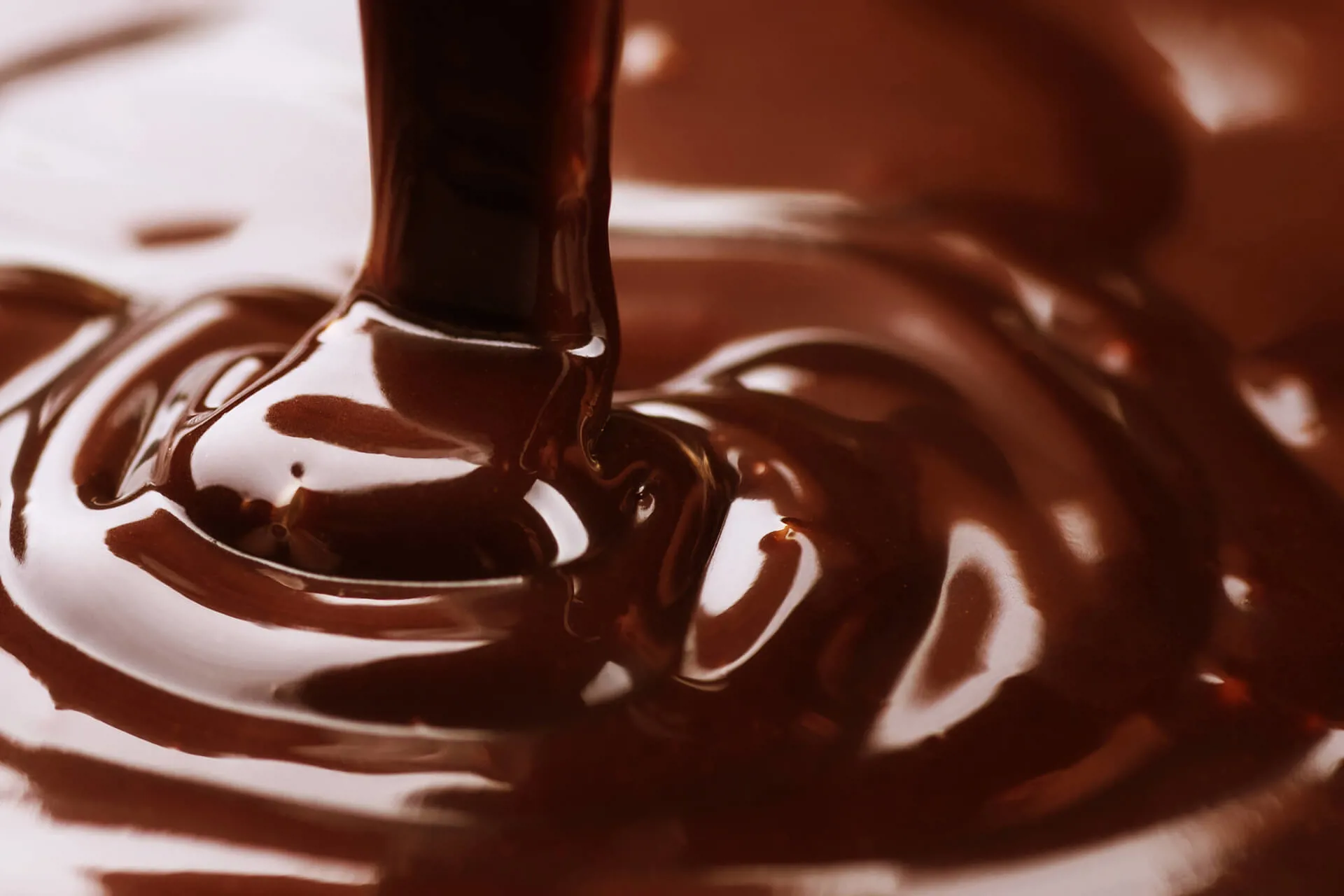
FEATURE ARTICLE
TECHNICAL ARTICLE
Discover the secrets to perfect ice cream coatings with insights from Palsgaard's seasoned expert, Arne Pedersen. Drawing from over 40 years of experience, Pedersen unveils the complexities of achieving that irresistible balance between the crunch of chocolate and the creamy core of ice cream. Uncover the challenges of moisture migration, cracking, and more, and learn how the right combination of emulsifiers, like lecithin-alternative Palsgaard® AMP 4455 and Palsgaard® PGPR 4190, can transform your production process.


FEATURE ARTICLE

TECHNICAL ARTICLE

TECHNICAL ARTICLE

TECHNICAL ARTICLE